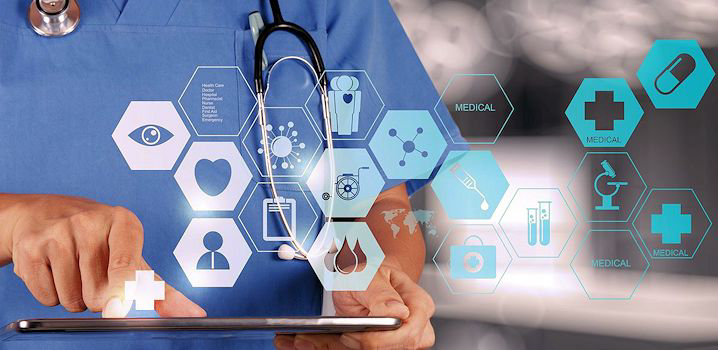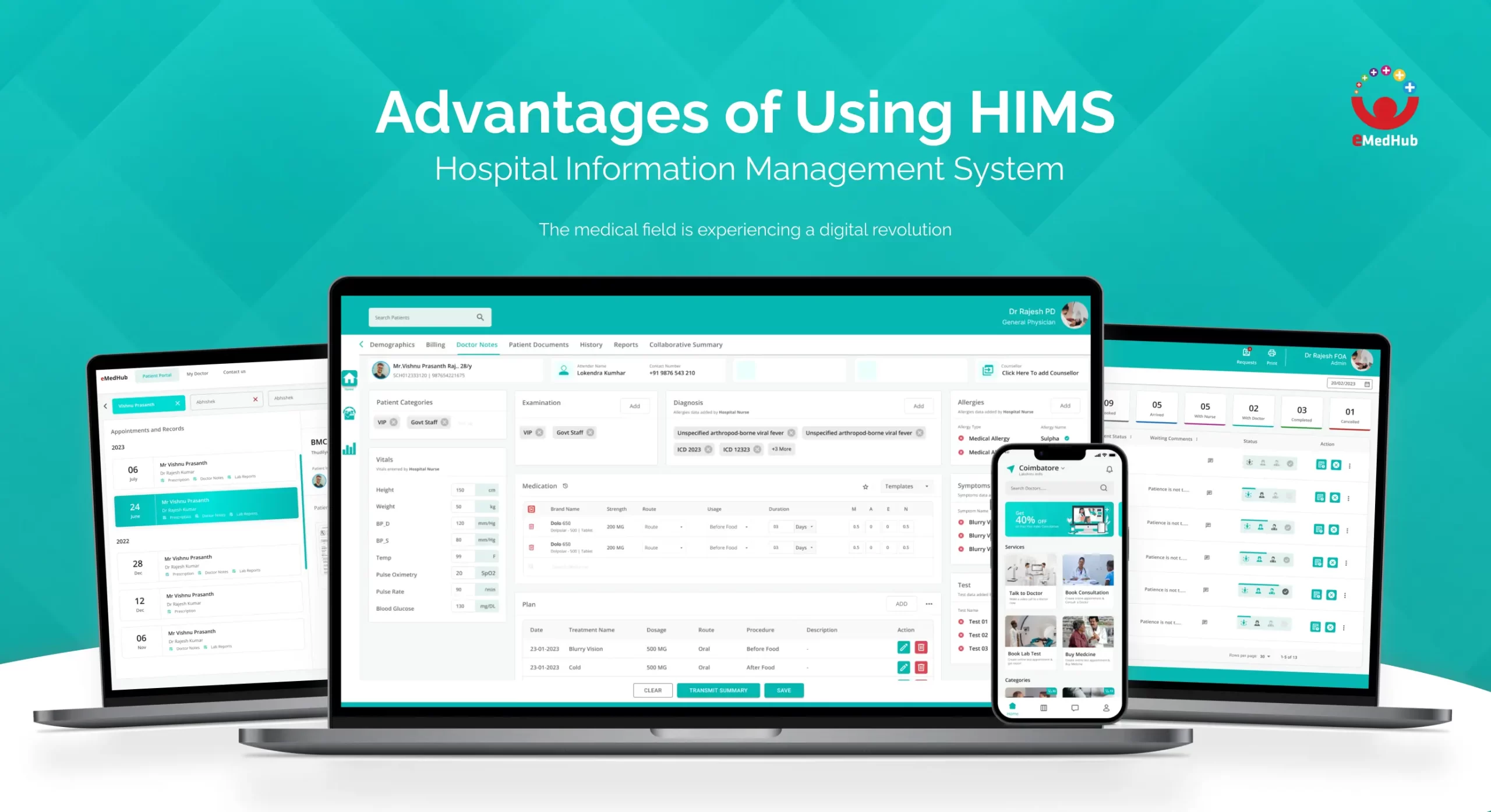How HIMS Improves the Productivity of the Hospitals?

In today’s rapidly evolving healthcare landscape, the efficient management of hospital operations is paramount for ensuring quality patient care and organizational success. The best hospital management software has emerged as indispensable tools in this pursuit, revolutionizing how hospitals handle administrative, clinical, and operational tasks.
By digitizing and streamlining various aspects of hospital management, HIMS not only enhance productivity but also contribute to improved patient outcomes and overall organizational efficiency.
Overview
Hospital Information Management Systems (HIMS) are comprehensive software solutions designed to modernize and optimize hospital operations. These systems encompass a wide range of modules, including front office management, laboratory management, pharmacy management, and more. By centralizing patient data and automating routine tasks, this best hospital management software facilitates smoother workflows, reduces errors, and improves overall efficiency within healthcare facilities.
Essential Modules of HIMS and Their Impact on Productivity
Hospital Information Management Systems integrate technology to bridge healthcare and patients, enhancing services. This best hospital management software offers numerous modules including:
- Front Office Management: HIMS streamline patient registration, appointment scheduling, and billing processes, reducing waiting times and enhancing the overall patient experience. Automation of these tasks frees up administrative staff to focus on more critical responsibilities, thereby improving productivity.
- Clinical Modules (Laboratory, Pharmacy, Radiology): Integration of clinical modules within HIMS enables seamless communication and data sharing between different departments. This integration of hospital software systems enhances collaboration among healthcare professionals, accelerates diagnosis and treatment processes, and minimizes delays caused by manual data transfer.
- Operational Modules (OT Management, Inpatient/Outpatient Management): HIMS optimize the management of hospital resources, including operating theatres, beds, and patient admissions. By automating these processes and providing real-time visibility into resource availability, this best hospital management software helps hospitals operate more efficiently, reduce waiting times, and improve resource utilization.
- Counsellor Module: This module in hospital enables healthcare institutions to provide counseling services efficiently, ensuring timely support for patients in need. By streamlining appointment scheduling, session tracking, and follow-up processes, the counsellor module enhances the productivity of counseling services within hospitals.
- Insurance Management: HIMS automate the verification, approval, and billing processes associated with insurance claims, reducing administrative burdens, and minimizing errors. This streamlining of insurance management processes for the hospital software systems results in faster reimbursements and improved cash flow for healthcare providers.
- Customized Doctor Module: HIMS provide doctors with access to patient records, diagnostic reports, and treatment plans, facilitating informed decision-making and personalized care delivery. By empowering doctors with comprehensive patient information at their fingertips, this best hospital management software enhances clinical productivity and care quality.
- Branch Management: For multi-site healthcare organizations, branch management modules within this hospital inventory management software enables centralized control and monitoring of operations across different locations. This centralized management enhances coordination, standardization, and efficiency across the entire organization.
- Asset Management: HIMS track and manage hospital assets, including medical equipment, supplies, and inventory. By optimizing asset utilization, reducing downtime, and minimizing wastage, this best hospital management software contributes to cost savings and operational efficiency within healthcare facilities.
- Patient Application and Kiosk Module: These modules facilitate self-service options for patients, allowing them to check-in, schedule appointments, and access medical records independently. By reducing administrative overhead and streamlining patient interactions, these modules enhance overall productivity and patient satisfaction.
- GST Reports: Hospital software systems generate accurate GST reports automatically, eliminating manual data entry and calculation errors. This automation ensures compliance with tax regulations and simplifies financial reporting for healthcare organizations.
Key Factors Contributing to Enhanced Productivity with HIMS
Numerous factors contribute to the enhancement of hospital productivity through the implementation of a Hospital Information Management System (HIMS). Listed below are some key aspects demonstrating the efficacy of the best hospital management software in this regard.
Streamlined Efficiency Through Automation: By automating routine tasks such as appointment scheduling, billing, and report generation, this hospital inventory management software reduces administrative burdens and free up staff time for more value-added activities. This streamlined efficiency enables healthcare professionals to manage a higher volume of patient accounts within set timeframes, thereby improving productivity.
Precision and Reliability: HIMS minimize manual errors and redundancies by automating data entry and validation processes. By ensuring data accuracy and reliability, HIMS enables healthcare providers to make informed decisions based on trustworthy information, thereby enhancing productivity and patient safety.
Informed Decision-Making: This best hospital management software provides analytics dashboards and reporting tools that enable healthcare institutions to access department-specific data for strategic planning and resource allocation. By leveraging data-driven insights, hospitals can optimize workflows, improve resource utilization, and enhance overall operational efficiency.
Seamless Collaboration and Integration: Integration of disparate hospital departments within a unified HIMS fosters seamless collaboration and coordination among healthcare professionals. This transparency and interoperability of hospital inventory management software ensures cohesive functioning across all units, reducing communication barriers and improving productivity.
Accessible and Organized Data Management: HIMS store patient data securely in a centralized, cloud-based platform, ensuring universal access to information irrespective of location or time. Proper indexing and search capabilities enable swift retrieval of data when needed, enhancing workflow efficiency and decision-making processes.
Conclusion
To conclude, by leveraging the diverse modules and functionalities offered by eMedHub’s best hospital management software, hospitals can optimize their workflows, improve resource utilization, and ultimately deliver better patient care. As the healthcare industry continues to evolve, the adoption and effective utilization of HIMS will remain critical for hospitals seeking to thrive in the digital age.


